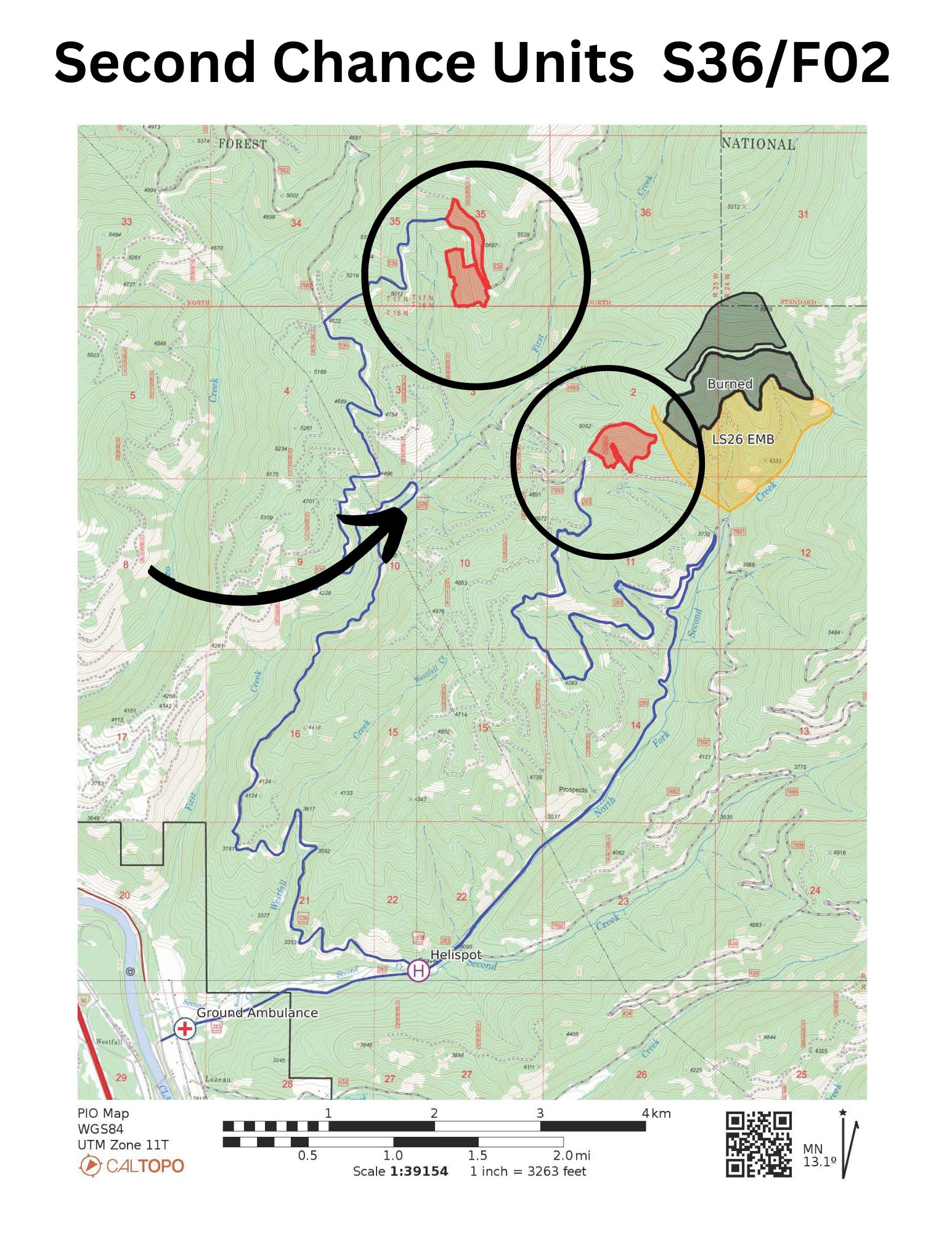Single Publication
Could not determine your location.
April 23, 2024 Prescribed Fire Update 04-22-2024
Lolo National Forest Prescribed Fire Operations
Publication Type: Announcement - 04/22/2024 - 18:17
Pending conditions, firefighters on the Lolo National Forest will conduct prescribed fire operations on several districts.
Ninemile Ranger District:
The 40-acre Rennic Stark unit is near Rennic Creek approximately 3 miles west of Ninemile Ranger District Office. Smoke may be visible from Alberton, Ninemile, Huson and Frenchtown for the duration of the burn. Engines and firefighters will be utilizing Forest Service Road 5515, please use caution and slow down.
Plains/Thompson Falls Ranger District:
Firefighters plan to conduct up to 50 acres of understory burning on the Clear Creek units 6 miles west of Thompson Falls. The district also plans to conduct up to 20 acres of pile burning on the Tree Farm unit located 2 miles northwest of Plains. Minimal smoke impacts are anticipated; however, smoke may be visible from may be visible from Thompson Falls, Plains, and surrounding communities.
Superior Ranger District: Firefighters will conduct up 180 acres of prescribed burning 8 miles east of Superior in the First Creek and North Fork Second Creek drainages. This prescribed burn will utilize aerial ignitions to reduce fuel from previous management operations. Residents may see helicopter Smoke may be visible through the Interstate 90 corridor near Superior. Smoke should disperse following ignition but may settle along drainages and in lower elevations in the overnight hours.
All prescribed fires are implemented in compliance with Montana air quality standards and coordinated with the Montana Department of Environmental Quality to minimize the impacts of smoke. For the latest air quality information visit www.airnow.gov.
Prescribed fire is one of the most effective management tools used by the Forest Service. Prescribed fire allows fire managers to mimic the natural role of fire on the landscape helping to remove hazardous fuels, create a fire-adapted ecosystem, and restore wildlife habitat.

 InciWeb
InciWeb

